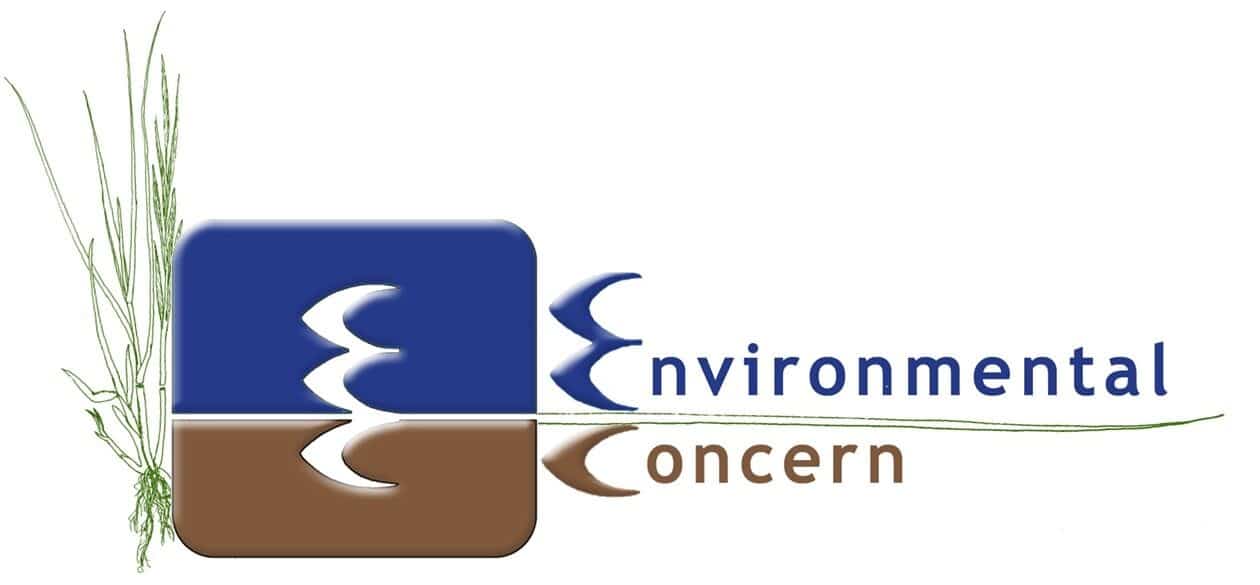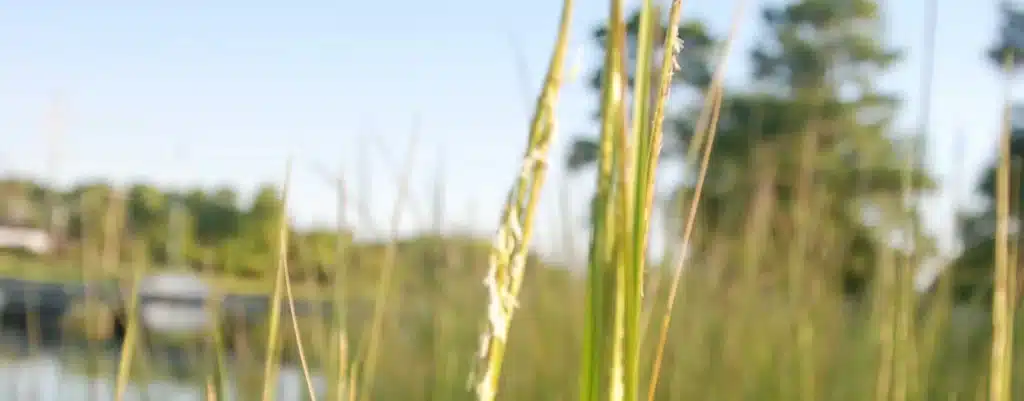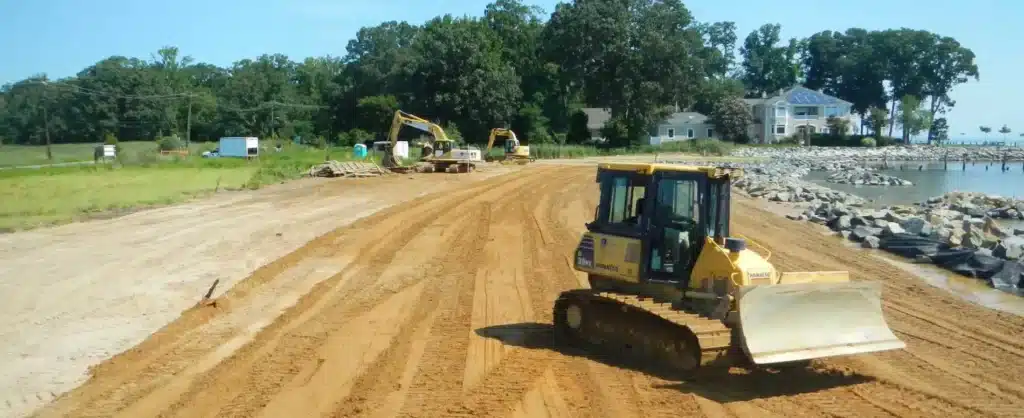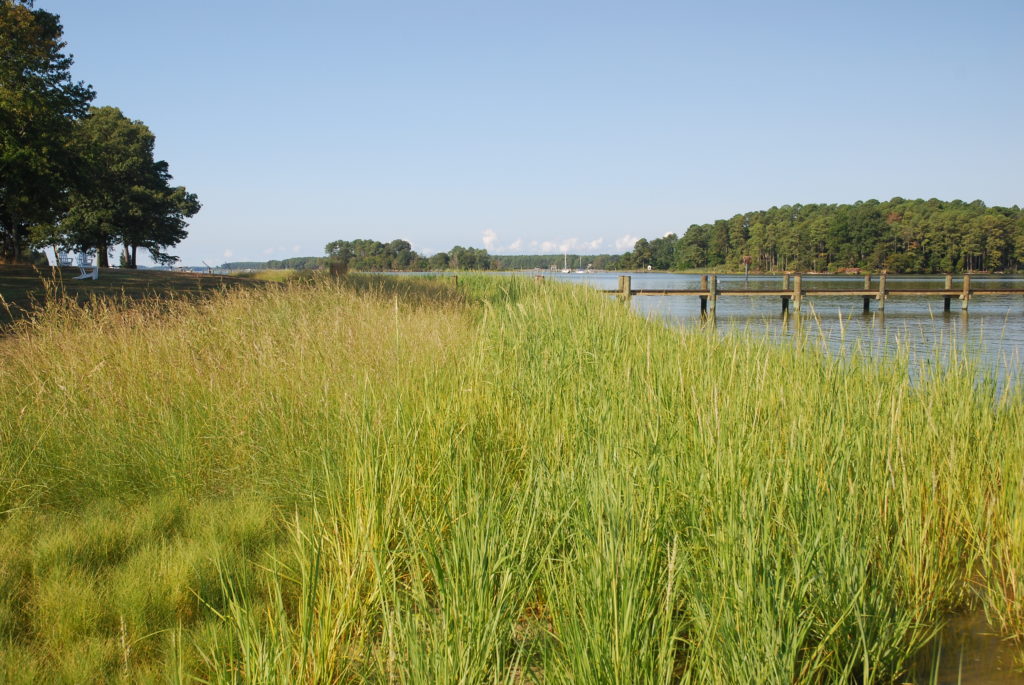Ordinary Point Living Shoreline
Living Shoreline, measuring more than a mile in length, was constructed to protect Ordinary Point, a peninsula of land on the Sassafras River. The restoration …
Marsh Creation/Restoration on Paw Paw Cove
Environmental Concern (EC) created a 2.6 acre marsh on Tilghman Island. This Living Shoreline protects approximately 600 lineal feet of shoreline on Paw Paw Cove/Chesapeake ...
Island Creek Living Shoreline
The Island Creek living shoreline was designed to protect 240 feet of eroding shoreline. The high bank was experiencing erosion and large trees were becoming ...
Stifel Farm Wetland Creation
Environmental Concern was engaged by the Midshore Riverkeeper Conservancy (now ShoreRivers) for the design-build of this Farm Wetland Restoration Project. EC surveyed, designed, permitted, and ...
Walton Beach Nature Preserve Living Shoreline
Environmental Concern Inc. (EC) was selected by the Town of North Beach in Calvert County to design and construct a Living Shoreline at the Walton ...
San Domingo Creek Living Shoreline
This private residence on San Domingo Creek had a deteriorating bulkhead. The owners elected to remove the bulkhead and install a Living Shoreline. Environmental Concern ...
Fishing Bay Marsh Creation and Living Shoreline
Environmental Concern (EC) was selected by Dorchester County to design and construct a Living Shoreline at Elliott Island. The new marsh is approximately 4,000 linear ...







